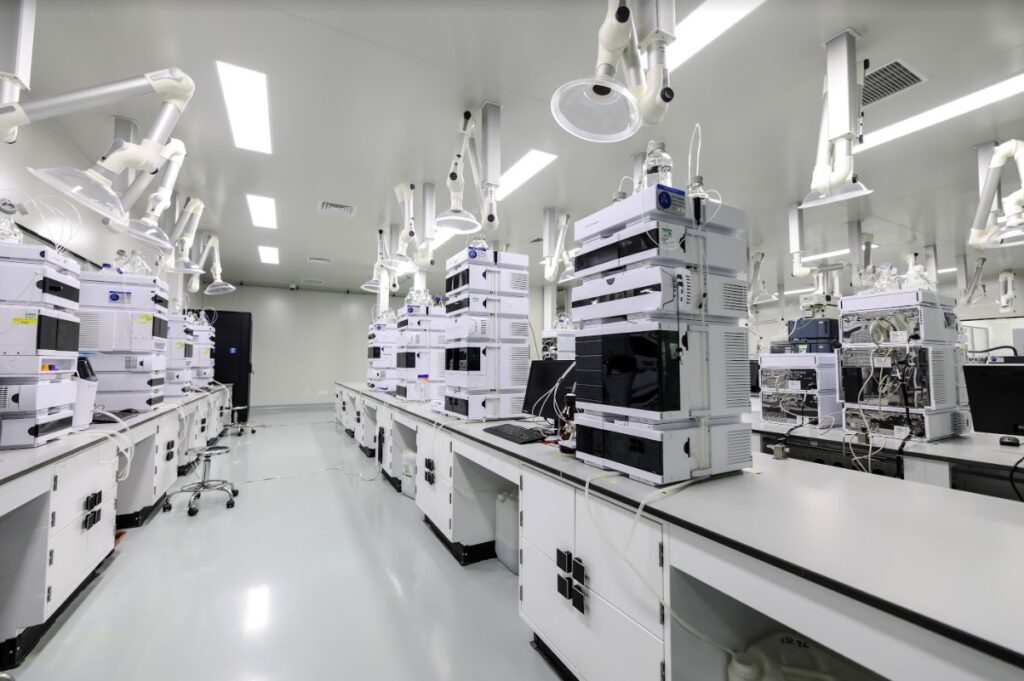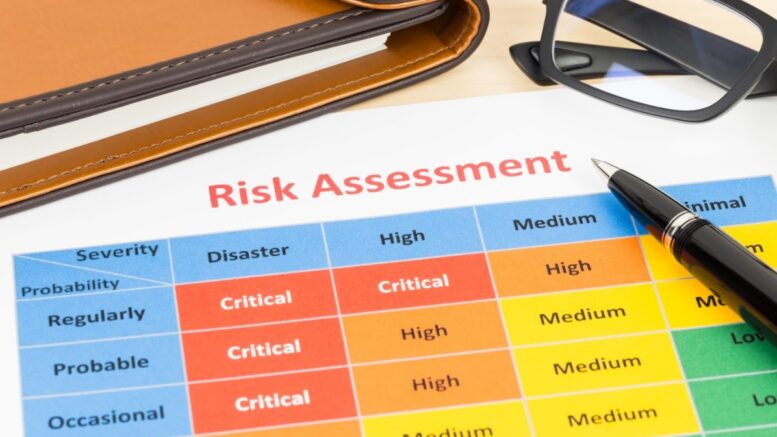The pharmaceutical industry researches, develops, manufactures, and markets medicines to help make people’s lives better. A pharmaceutical company offers a wide variety of career path choices; almost any skill set will fit this industry well. Pharmaceutical companies face many risks as part of the supply chain. The role of risk management in business is to help companies identify, evaluate, monitor, and improve the processes within their entity’s environment.
Inadequate preparation and production of medicines, apparatus, and medical care can not only disrupt the company’s profits but also cause significant consequences, particularly in the health and safety of patients and end users. This is also the reason why pharmaceutical companies invest generously on quality control and risk management procedures to ensure that all processes and outputs are at par with medical standards. Statistical tools could support these businesses in handling risks as well.
Here are the basic risk management steps in a pharmaceutical company:
Identify The Risks
To begin, identify the possible risks associated with developing, manufacturing, and distributing a product. Decide which representatives from different areas of the organization will form a risk analysis forum, where any concerns, the status of current issues, and which team players should help in coming up with solutions are discussed. All communication channels within the organization should be configured so information can be quickly relayed to managers and their teams. The advantage of this approach is that risks can now be seen by everyone in the organization who has access to the system.
In a pharmaceutical manufacturing plant, air quality and environment control usually entail risks. It helps to hire risk management specialists like Opira to take charge of identifying those factors.

Analyze The Risk
It is necessary to assess risk from different perspectives in order to arrive at a suitable action plan. Afterward, you may choose to eliminate or mitigate the risk. Correlating risk management with the internal operations of the pharmaceutical company will enable employees to understand how to move forward without compromising anything.
You can analyze possible failure modes in a company’s system by creating a worksheet containing possible problems that could occur and the potential effects of such failures. Materials and ingredients, the physical characteristics and chemical composition of a product, equipment, processing procedures, packaging, microbial limits, sanitation, and hygiene can all be considered potential hazards for the pharmaceutical industry. This year’s developments in the field of pharmaceuticals are not exempted from this stage of the risk management process.
Evaluate The Risk
Different risk management solutions require the categorization of risks according to their severity. Inconvenient troubles like manpower shortage in the production plant are rated low in comparison to those that may lead to a catastrophic event, such as the misuse of medical ingredients and components. Identifying the likelihood of a risk’s root cause will help you create an effective action plan. The actions that are identified and defined are meant to directly combat the threat at its earliest stages. In this case, pharmaceutical employees in the manufacturing plant should be retrained to avoid future lapses and errors.
Monitoring the effectiveness of risk control activities can be done using failure modes and effects analysis (FMEA). This allows one to examine manufacturing operations’ effect on product or processing and can be applied to machinery and facilities.
Control The Risk
A hazard analysis and critical control point (HACCP) methodology is applicable to pharmaceuticals. The HACCP approach has long been considered the standard for food safety management systems. In recent years, it has focused on preventing known hazards throughout the food chain while reducing the probability of such occurrences. Hazards are defined here as biological, chemical, or physical agents or operations that are more likely to cause injury or illness if left uncontrolled. Hazards may also arise from the use of combustible solvents and various laboratory procedures.

Set Up An Assessment Team
The members of this team should be able to provide a better understanding of the risk management process and recommend ways to find, communicate, and execute an effective solution to an issue in compliance with FDA guidelines. The formats of the plans they come up with may differ, but they should work best when custom-built for a specific product, process, or operation.
The team will identify the problems associated with each failure mode and rate the risks quantifiably. Assessments like these help the pharmaceutical industry identify its strengths, weaknesses, and potentials—broader evaluation results in the discovery of more critical information about where the risk management structure should be improved. You can consider a hardness test for tablets.
Conclusion
In the pharmaceutical industry, a company that’s equipped to determine the impact of safety risks will gain a significant competitive advantage by gaining the ability to develop safe working methods. The pharmaceutical sector can allocate its resources more effectively when it knows the severity of a risk and its probability. Understanding what risks they’re facing will enable a pharmaceutical company to decide which ones require the most attention and resources and which ones can be neglected.
Pharmaceutical firms can use risk management to reduce vulnerabilities before significant damage occurs. Through the successful application of risk management processes and review of their effectiveness, the pharmaceutical industry may minimize the number and impact of threats it faces. Risk management provides the output needed to accomplish the goals of a specific organization. Using a risk-based approach to decision-making ensures the safety of workers and customers and the efficient allocation of resources.
